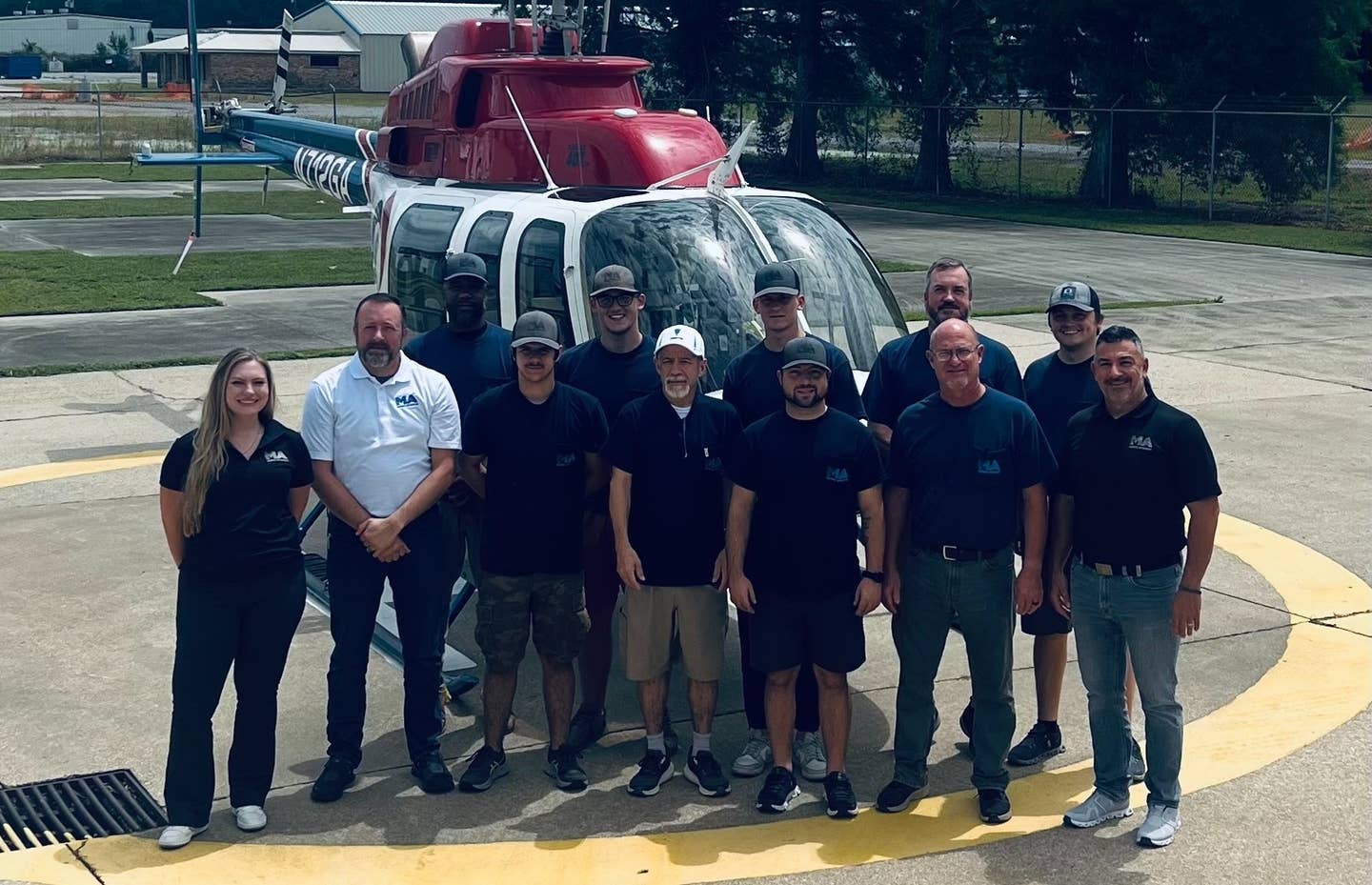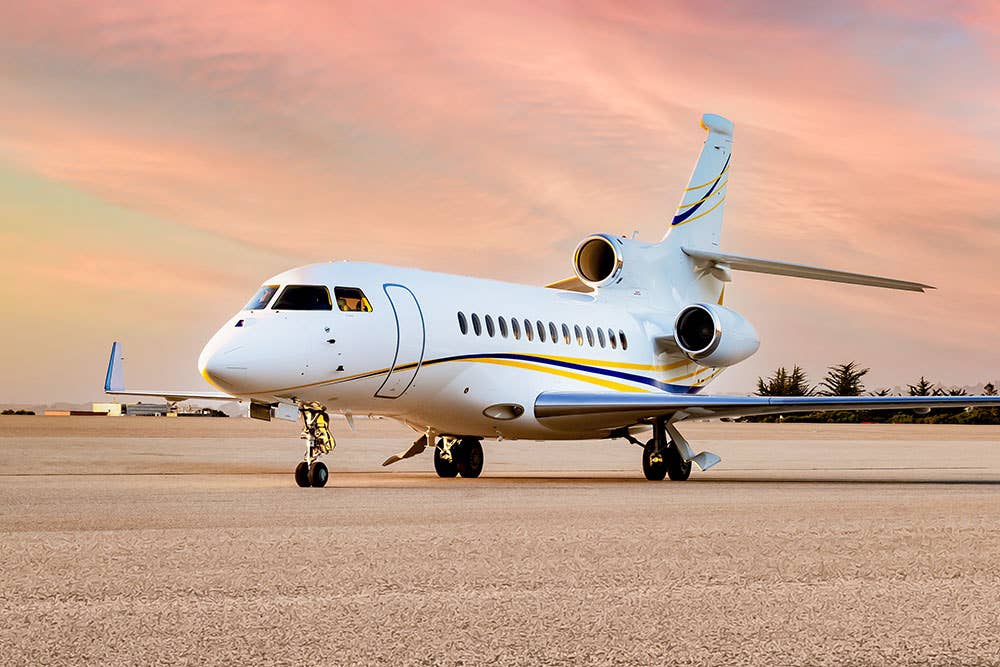
** June 11, 1994: The young eagles flight that led
to my first lesson; I’m the fashion maven in
turquoise shorts and pump-up high-tops.**
It’s not something I usually admit in polite company, but I think I’m fairly prone to addiction. I’ve never been a raging alcoholic or desperate junkie, mind you, but when I take an interest in something, I tend to go all in. Shortly after I started motorcycling, I rode my old BMW on a 15,000-mile circumnavigation of the Lower 48 and an 8,000-mile trip to Alaska and back. My wife and I began traveling abroad in 2006 and have since visited 30 countries on five continents. After years of toying with the idea, my brother and I bought a little-used sailboat off Craigslist last year — and I just got back from racing a 50-foot Beneteau in the British Virgin Islands. All of these interests, however, pale in comparison to the two inexplicable, all-consuming passions that forever altered the course of my life.
My first encounter with addiction took place on a muggy June afternoon in central Minnesota. I was 13 years old. My mom had read about a Young Eagles rally in the local paper and subsequently bundled me and my five younger siblings into the family van and off to Princeton Airport. She did this mostly for my sake: I was already airplane mad and had been for some time. Up until this point, though, it could have simply been a passing phase of childhood, like my earlier obsession with trains. In any case, it was a phase my mom was willing to indulge with a few hours at the local airfield.
The EAA volunteers paired me and my brothers with a local pilot named Larry Secord. He put me in the left seat of his Skyhawk and turned over the controls shortly after takeoff. I was bowled over. I turned right; I turned left; I circled my suddenly tiny hometown. This was freedom! The flight lasted only 30 minutes, but that little bit of control — at a turbulent age when so much is out of one’s control — was enough to upend my world. By the time we landed, I was utterly determined to be a pilot — not someday, not when I was older but now.
Over the next few days, I called around to FBOs and even the Minneapolis FSDO, pestering them with questions about taking flight lessons. A nice-sounding CFI at Sun Aviation in Cambridge, Minnesota, responded to my query about minimum height to reach the rudder pedals with the sly suggestion that I come down to check it out — and oh, by the way, I could take an introductory flight lesson at the same time for a mere $25. I scheduled the flight and then broached the subject with my parents over the dinner table — mostly because I needed a ride to the airport. In retrospect, it’s surprising that they said yes. At the time, I took their approval for granted.
Had my parents been the sort to save me from my own foolishness, they would have pointed out the waste of starting flight lessons long before I was eligible for a private pilot’s license or the difficulty of finding a steady job at my age to pay for the flying or the inefficiency of taking one lesson a month. More sensible parents might have encouraged me to begin saving up to start lessons in a few years. Outside of absolute prohibition, I doubt such arguments would have dissuaded me much; addicts aren’t especially known for listening to reason. I certainly wasn’t stopping to think things through myself. I just wanted to fly.
And so I went from a slightly awkward home-schooled 13-year-old to a seriously maladjusted 15-year-old who lived, breathed, dreamed and talked of nothing but flying, who related to adult pilots far better than teenage peers, who hung around the airport every chance I got, washing and fueling planes in exchange for flight time. I also developed a massive chip on my shoulder, as the uniqueness of my avocation fueled typical male adolescent cockiness. How this misplaced pride led directly to a stall horn wailing in protest as I plummeted toward a runway is a tale best left to another column. Suffice it to say that flying played a major role in the growing-up process. By the time I headed to college, I had lost a former instructor to a plane crash and had a few eye-opening incidents myself, and blind enthusiasm had been tempered by respect for the power of flight.
By this time, I was planning to eventually fly for the airlines but only because that’s where the money was in the late ’90s. I didn’t develop any real passion for the industry until another life-altering experience in early 2001. I was a junior at the University of North Dakota and had thoroughly burned myself out with 18 straight months of studies and work and flying, so I applied for a spring semester internship with Trans World Airlines. At the interview, I made up something about “It’s ‘do or die’ time for TWA; I want to be part of ‘do.’ ” Either it was a winning line or there was a shortage of students lining up to work for free at a has-been airline on the cusp of insolvency.
Indeed, I was at TWA for all of three days before the news broke that they were filing bankruptcy for the last time and American Airlines would be purchasing the assets. The rest of the internship took place under a cloud of chaotic uncertainty that turned out to be an excellent preview of the airlines’ next 10 years. The experience should have sent me running for the hills. Instead, it left me hooked on the airline industry as surely as that Young Eagles flight hooked me on flying. And again, there was no rational explanation. TWA by then was a husk of its former self, living on past glories. Its once globe-spanning network had been chopped up and hawked off by Carl Icahn, further decimated during the Gulf War and finally deserted by passengers in the wake of the TWA Flight 800 tragedy. Two trips through bankruptcy court had failed to produce consistent profits. TWA’s employees had endured multiple rounds of furloughs and pay cuts. The purchase was the latest in a long list of tribulations.
But despite all this adversity — or because of it — TWA had a solid core of fantastic people, a tight-knit, fun-loving bunch who treated each other and their customers well. Even as a lowly intern, I was part of the family. Every time I stepped onto a TWA jet, grandmotherly flight attendants who had been flying since the Super Connie days tried to ply me with booze and set me up with their cute granddaughters. Friendly pilots welcomed me into their jumpseats, explained their procedures and gave me career advice. And then there was the captain who rented me a day room in the Cairo Hilton against my wishes because he knew a jet-lagged 19-year-old on his first trip outside North America shouldn’t be wandering around an unfamiliar city without getting some sleep. “Someday I hope to see you in the left seat,” Captain Parker told me. “When that day comes, I want you to remember this lesson: Always, always take care of your crew.”
With those words, I was doomed. Years before ever taking the controls of an airliner, I was transformed into an airline person for life. The furlough of most TWA employees after the merger did not change that. A decade of post-9/11 reality failed to shake it. The discovery that not all airlines are a tight-knit family and that some are downright poisonous was deemed irrelevant. There is no reasonable explanation why I should still love this unstable, irrational, brutal industry. But an addict doesn’t need a reason.
There’s a lot of hand-wringing in aviation today about the declining pilot population and the consequences for general aviation. Similarly, many experts fret about who will replace the flood of airline pilots set to retire in the next few years. Rationally, there’s every reason to worry. Flying is expensive, challenging, less than perfectly safe and requires a good deal of commitment in an instant-gratification world. The woes of the airlines and decline of the piloting profession have been well publicized, resulting in dwindling numbers of new entrants.
I’m optimistic, though. My own experience shows that both flying and the airline industry are quite effective at making people behave irrationally. Today’s kids are every bit as capable of getting hooked as I was. Yes, they have more obstacles than I had, and we do need to do something about that, but the first step is giving them those opportunities to get hooked. We need more Larry Secords giving kids those few thrilling minutes at the controls. We need more Captain Parkers graciously welcoming prospective airline pilots onto their flight decks and giving them encouragement and advice. For many, that’s all it takes, and I, for one, think that aviation could use a lot more hopeless addicts.
We welcome your comments on flyingmag.com. In order to maintain a respectful environment, we ask that all comments be on-topic, respectful and spam-free. All comments made here are public and may be republished by Flying.

Subscribe to Our Newsletter
Get the latest FLYING stories delivered directly to your inbox






